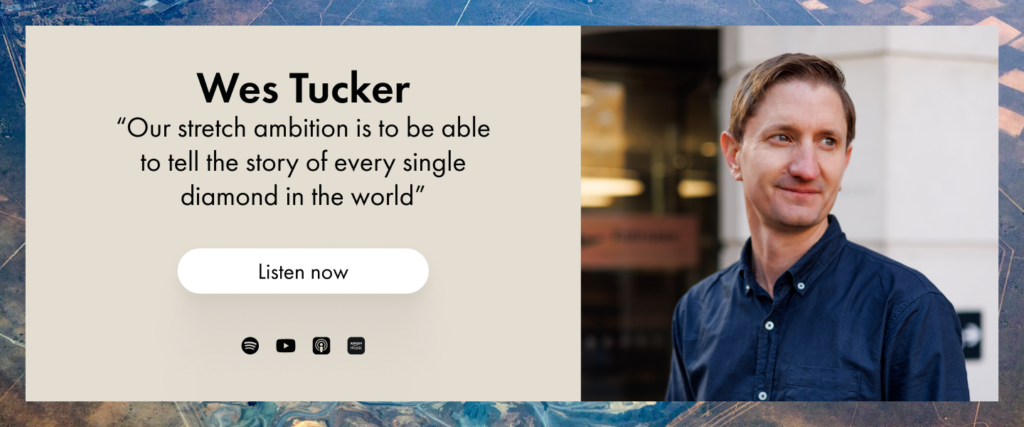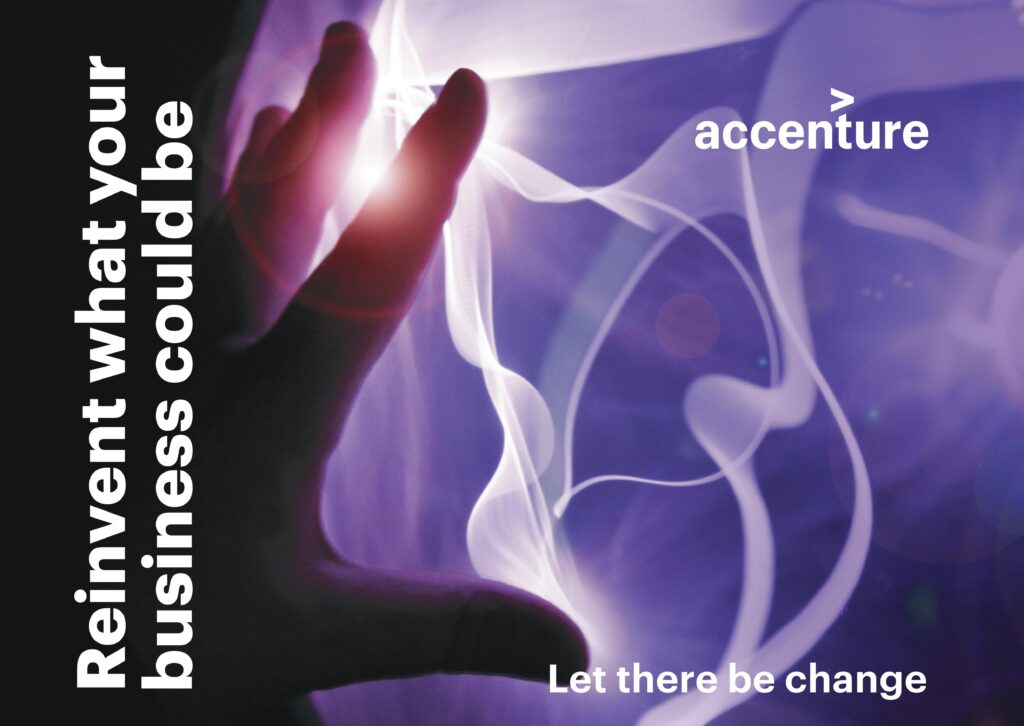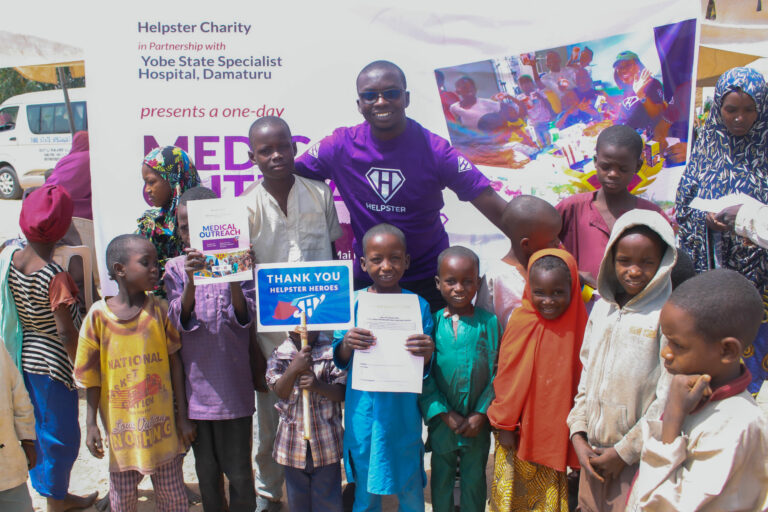The story of a natural diamond is a tale as rich and ancient as any known to mankind.
The diamond’s unique, unchanging properties speak of an incomprehensibly distant past – an era so remote it approaches the cosmological. Diamonds bore witness to the formation of our world itself.
Around three billion years after that moment, they worked their way up from the depths of the planet’s mantle to be found by us, inquisitive, bi-pedal lifeforms that had evolved both the minds they needed to understand their worth and the opposable thumbs to do something with them.
And so, diamonds began their second chapter. These progenies of astonishing geological forces became objects of intense fascination to a civilisation that had worked out how to cut and polish them into something more precious than anything else on Earth.
The diamonds we covet, manipulate, wear, and share, have become protagonists in the narrative of human history. Their stories are prefaced within the communities that have grown to depend on them – from mines to artisanal workshops to marketplaces – and weave through time as everlasting symbols of life’s most significant moments.
As much as a natural diamond is a product of time, geology, and human industry, each one also carries an intimate and nuanced story. Today, that story is as important a measure of a diamond’s quality as its cut, clarity, colour or carat weight.
In years past, that story was remote, obscure, and subject to the whim of its teller. And it could be dark – the intrinsic value of a diamond lending itself to abuses. For decades the industry has worked successfully to ensure the story of the natural diamond is a positive one – be that human or environmental – but it is not until now, with the help of advanced technologies, that it could imagine a way to embed complete transparency into every diamond produced.
"Tracr is a platform that we believe the industry really needs and deserves."
— Wes Tucker
For the last 135 years, one company has stood astride the global diamond industry like no other: De Beers. As storied as it is – and operating within an industry so traditional that a handshake remains the cornerstone of contracts – De Beers has always been an innovator. It is largely responsible for creating the global industry we know today, and is replete with internal innovation teams focused on harnessing new ideas in furtherance of its goal to “make life brilliant”. That’s innovating for the communities built around diamond mines, industry partners, customers, or as custodians of the natural world.
In 2017, De Beers saw an opportunity to leverage one new technology to fundamentally change how it presented diamonds to the global marketplace. Blockchain could be the answer to an ages old problem: Linking the physical to the digital and tracking the provenance of diamonds in an immutable and trustworthy way.
The project De Beers envisioned to explore the idea was called Tracr.
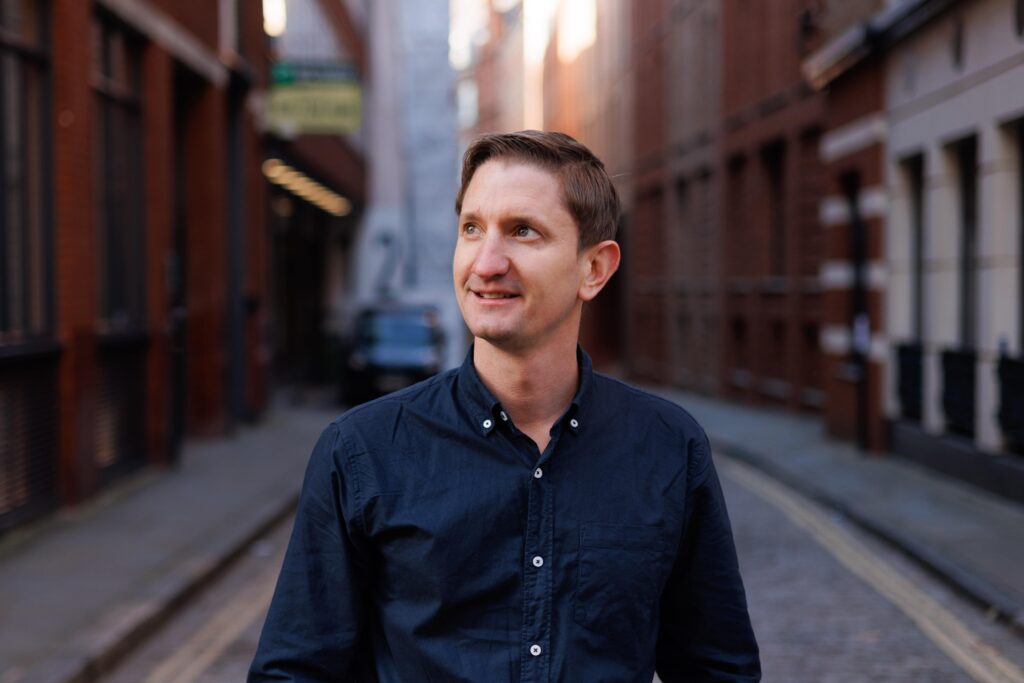
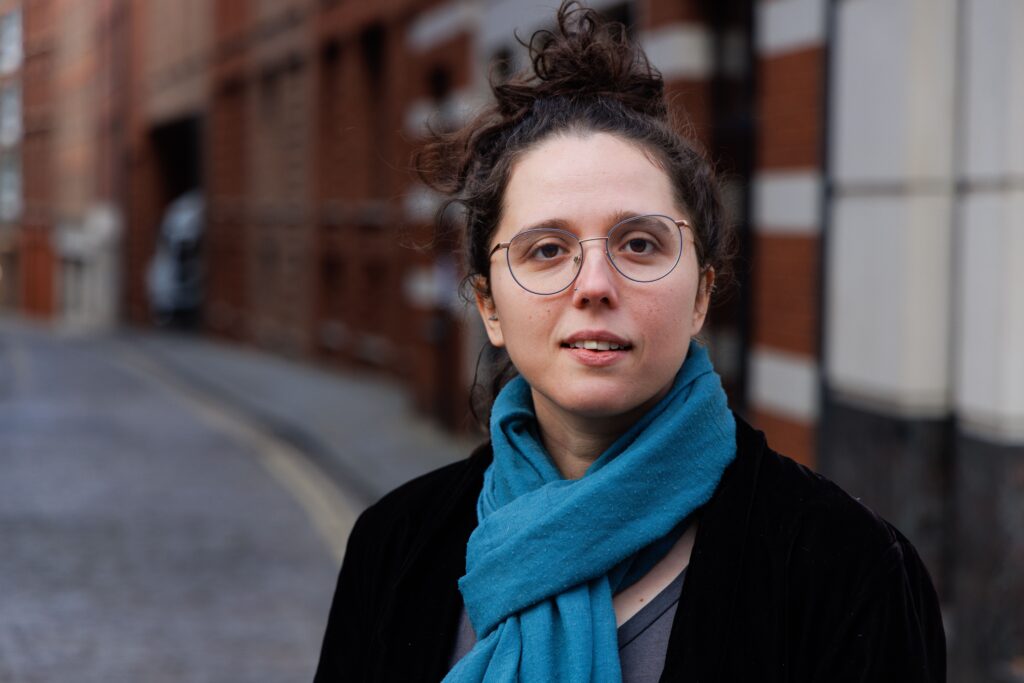
Wes Tucker joined De Beers as its new Head of Digital Transformation in 2021 and quickly became absorbed in the rapidly maturing project. A South Africa native with an engineering background that saw him work on technology-led projects in mining ventures across the African continent, Tucker was very well positioned to take Tracr out of the shadows and introduce it to the world.
Tracr was reshaped into a standalone company and Tucker was appointed CEO
“Our stretch ambition is to be able to tell the story of every single diamond in the world,” he tells Tech For Good. “The natural diamond industry has always been heavily based on the four Cs: cut, colour, clarity, and carat weight. That’s worked really well for hundreds – if not thousands – of years. But what is changing now is that we also care about the impact of the diamond; it’s story.”
Good diamonds
A diamond’s impact can be measured across a range of criteria over time, from its effects both negative and positive on the environment to the socio-economic benefits driven through investment in communities at all stages of the diamond supply chain. Ultimately it will arrive as the most luxurious of commodities in the marketplaces and outlets where they are retailed, and that’s where its origin story now means a great deal.
“The diamond industry is a fundamentally different place now,” says Tucker.
“There’s a historical perception of diamond mining perhaps in terms of it being detrimental to the environment, or not supporting its host communities. Then there’s another side of it that Leonardo DiCaprio helped illustrate in his movie. There was a time when perhaps some of these things were true, but what’s really great about the diamond industry is the change you’ve seen over the years.”
Tucker explains that a significant part of the motivation for creating an unalterable record for every diamond is to enable the industry to better tell that story of change and embed transparency and accountability at every step of the value chain.
The industry supports the livelihoods of 10 million people around the world, and De Beers’ parent company, Anglo American, speaks openly of its goal to positively impact five additional lives for every person it employs.
Tucker’s own background informs an obvious passion for the good that can come from diamond discovery when it’s done ethically and responsibly.
“A diamond mine is an open pit mine, sure, but for that one hectare or less of land there are tens of thousands of hectares of conservation land looked after around it, schools built, hospitals built, communities built.”
“No harsh chemicals are used – it’s just water, and we reuse as much of that as possible. In terms of the relative cleanliness of it, its compact nature, and the kind of positive impact it has on communities and the environment, there’s a really important story to tell there.”
An incredible group of smart people
The greatest challenge Tracr has worked for years to overcome is building a system capable of tracking the surprisingly complex journey a diamond makes from mine to finger, and to do that for millions of individual diamonds.
“You can create a digital twin of something, but how do you make sure it’s the same diamond throughout the journey? The rough is mined in Botswana, say, then travels to India where it is split into multiple pieces, each of them unique, and then cut and polished in equally unique ways,” says Tucker.
The result of Tracr’s efforts is a hugely scalable platform, running on the AWS cloud, and leveraging a multitude of data sources – including IoT and specialised diamond scanning devices – to build a definitive and referenceable diamond library.
“We have an incredible group of smart people at Tracr who have done some amazing work. I’m not going to pretend to be able to do it justice,” adds Tucker.
One person who can is Chief Technology Officer Caroline Glassberg-Powell. She joined the company in 2021 in part because she saw the motivation behind the platform to engender positive change in the world, as well as its sustainable approach to its blockchain underpinnings.
“I have a background in environmental science, so that aspect of Tracr has always interested me. We can’t keep trashing the planet the way we are, and I see Tracr as a very useful step towards addressing that – perhaps far beyond the diamond industry.”
“Our algorithm is the key to making sure we can follow diamonds all the way through the supply chain.”
— Caroline Glassberg-Powell
She explains that the Tracr team has consisted of a collection of around 50 elite technologists and blockchain experts, many surged into the business at different times by key partner Accenture. Together they have built a cloud-based private Ethereum blockchain on which resides the diamonds’ digital twins.
“Ethereum blockchain is proof-of-stake, which is different to the proof-of-work blockchains like Bitcoin. Proof-of-stake doesn’t require the intensive calculations and is therefore far less energy hungry and better for the environment,” says Glassberg-Powell.
Tracr employs a microservices architecture, tailoring sets of JavaScript, REST, and Python microservices for each and every participant in the diamond supply chain. A global layer of microservices then facilitates cross-participant communication and allows the huge diamond archive to be searched in real time. The architecture ensures seamless interactions within the network, while robust data engineering pipelines execute ETL processes, harmonising Tracr’s systems with its ecosystem of data sources.
“And then there’s our machine learning, which we’ve been developing for a long time,” adds Glassberg-Powell.
She notes that while blockchain has allowed Tracr to build a fantastically accurate and trustworthy resource for the industry, it’s only with machine learning that they are able definitively to match a diamond against its various sources of data.
“The rough diamonds are scanned at the mine. Then the manufacturer scans all the finished diamonds as well. Our algorithm is the key to making sure we can follow diamonds all the way through the supply chain without losing them.”
Trust
The first phase of Tracr’s inception saw it build essential technology foundations and solve its core challenges, not least how to scale the blockchain in terms of its enormous data storage requirements. The second phase saw it consolidate its organisational structure and scale by onboarding a huge repository of De Beers’ own diamond production.
The company is now venturing forth into its final phase: expansion as a trusted platform of choice across the wider industry, and as a source of truth for the world’s stock of existing diamonds.
More than two thirds of De Beers’ production by value is now flowing through the platform on a monthly basis, or roughly 20% of the world’s diamonds. As Tracr brings other producers on board, that number increases.
But as Tucker freely admits, bringing other industry players into a system developed by De Beers will require a level of trust and transparency that’s not entirely achieved just by spinning the company out as its own independent entity.
“One of the fundamental challenges of trying to create an open platform for an industry to interoperate on is trust,” says Tucker.
“How do you get everybody in the diamond industry to start communicating with each other and trust that they can use this platform? That’s one of the biggest challenges, but also one of the biggest success stories for Tracr.”
“The diamond industry is a fundamentally different place now.”
— Wes Tucker
Market uncertainty against the backdrop of new sanctions and import restrictions has put an even greater emphasis on proving the provenance of diamonds, lending weight to Tracr’s offer to the industry. The company is now successfully building confidence amongst its industry peers by operating as transparently as possible, while proving itself with evidence of success earned out in the open.
Tracr is now collaborating with the Gemological Institute of America, the largest grading laboratory in the world. It has onboarded additional diamond producers, integrated with the world’s leading online diamond marketplaces – Rapnet and UNI Diamonds – and recently announced a groundbreaking collaboration with Sarine Technologies, the industry’s leading producer of diamond processing tools and which is already a major contributor to the quest for diamond traceability.
“We have designed the whole thing from the ground up to be trusted, to be as segregated and distributed as possible, and secure. That’s because we are owned by De Beers and we know the industry needs assurances on that,” says Tucker.
“That said, it has taken seven years of hard work to get where we are.”
“Tracr is a platform that we believe the industry really needs and deserves, and without the support of a partner like De Beers that would have been very difficult to achieve.”
Accenture Shines
De Beers, via its subsidiary Tracr, has been on a seven-year journey to immortalise every diamond in the world in digital form with blockchain technology.
It’s an enormous undertaking given the sheer volume of data necessary for the task: to capture it at the source and throughout a diamond’s production process, and then to secure it in an immutable way that is faultlessly trustworthy by the rest of the diamond industry and, of course, its customers.
A vital tool at Tracr’s disposal came via De Beers’ – and parent company Anglo American’s – existing close partnership with global consultancy Accenture.
In order to achieve its aims, Tracr needed to access the world’s very best blockchain expertise in order to tackle the enormous challenge of scaling the technology to meet its lofty goals.
“We’re a startup, but we have been able to work hand-in-hand with one of the world’s largest consultancies. We’ve been able to punch above our weight, and I like that!” says Tracr CEO Wes Tucker.
“It’s a bit like having a big brother. You can knock on his door and say, ‘I have this problem’. Sometimes it’s just guidance, but a lot of the time it’s bringing their people in directly to help.”
Tracr CTO Caroline Glassberg-Powell points to the advantage the comes with having access to Accenture’s world-spanning talent pool: “From a project management standpoint, they’re worth their weight in gold.”
“They were able to spin up a blockchain team for us when we needed one. Now we have our own team, there’s a lot of open collaboration between them and us. We’re able to tap into the broader blockchain network of Accenture – the relationship is really important.”
Hilary Allen is Accenture’s client account lead for De Beers and Innovation Director for De Beers parent Anglo American. As part of a 15-year relationship crossing all functions of the wider business, Accenture put its shoulder to Tracr’s wheel in 2020 as it sought to scale its technology.
“When you innovate within any big organisation, you face this moment where there’s a little bit of an explosion as people try to work out how to manage the risk and uncertainty within an organisation that’s not set up for that,” she says.
“We have worked with Wes and the team to build the structure, to understand the skills profile of the team and build the right culture to succeed. And then of course there have been significant technical and data challenges we’ve worked through together.”
Vinod Nair represents Accenture on the ground as Engagement Lead with Tracr and knows those challenges well. He says: “We had a fair share of scalability challenges with the first pilot back in 2020. We were looking at data collection, management, quality, maintenance, security – everything as it relates to every single diamond.”
“We were able to use our experiences to identify the options and collaborate to build the solutions as we moved to production. It has been a true partnership – we’ve been embedded in a badge-less way to bring the right skills to bare.”
Adds Tucker: “They have such a diversity of skills and experience that no matter what problem we’re having, we know we can go to them, and they will bring the very best they have to offer in that space.”

